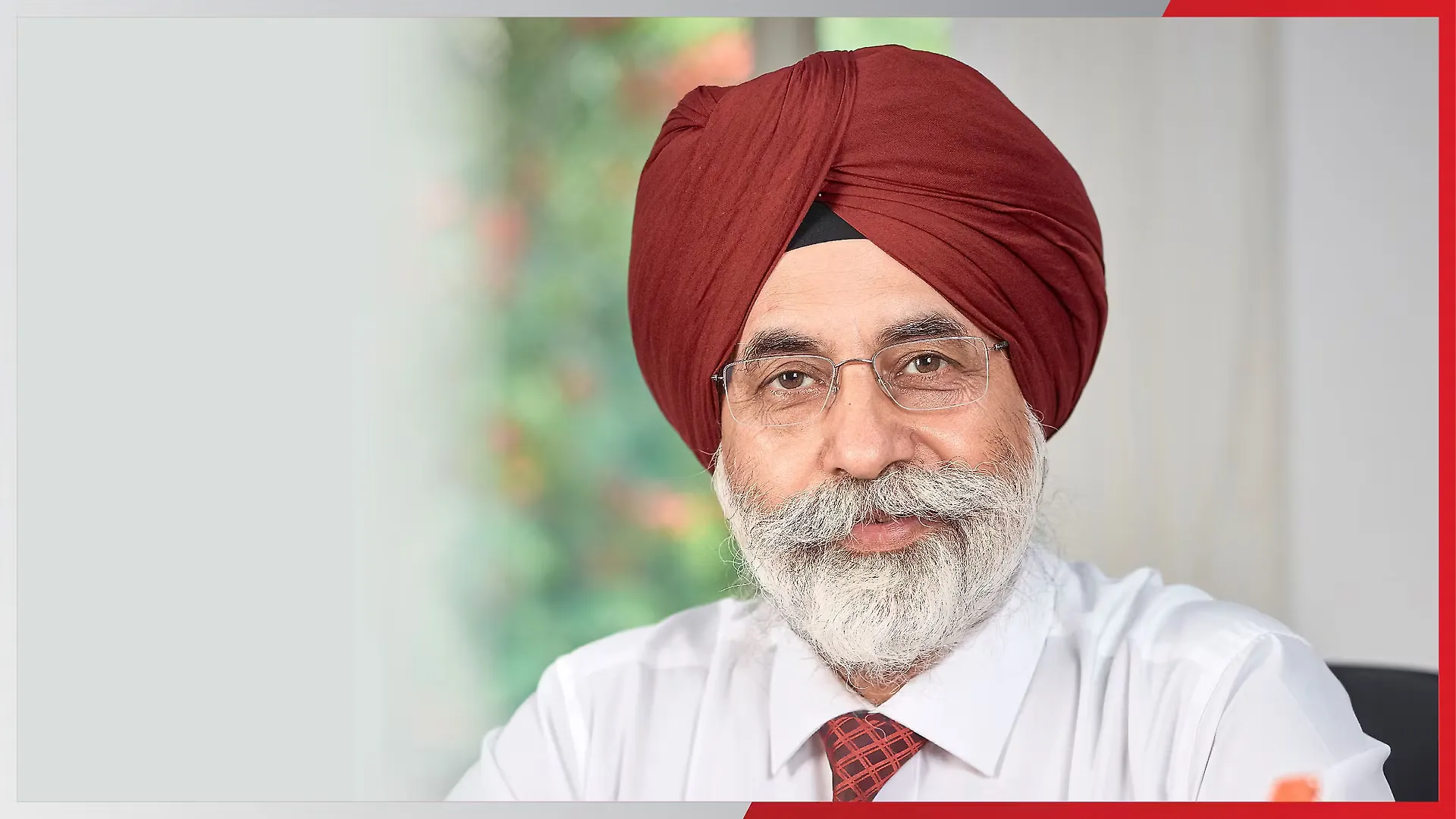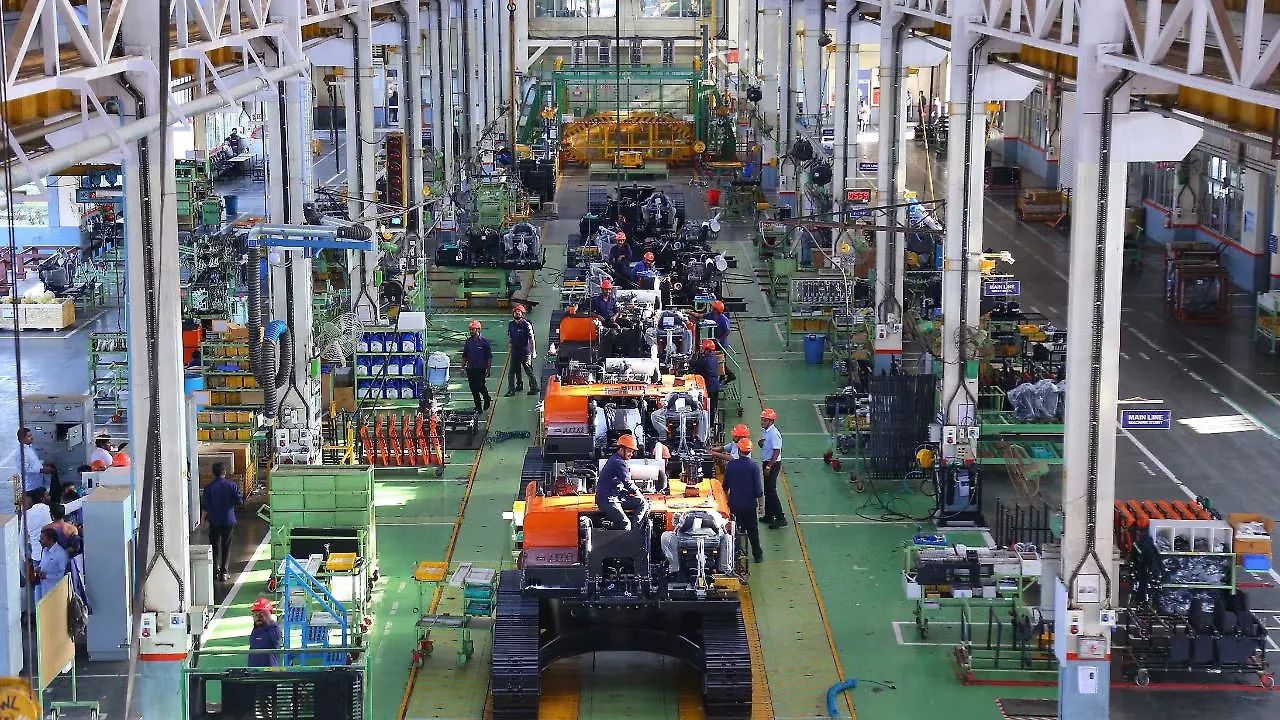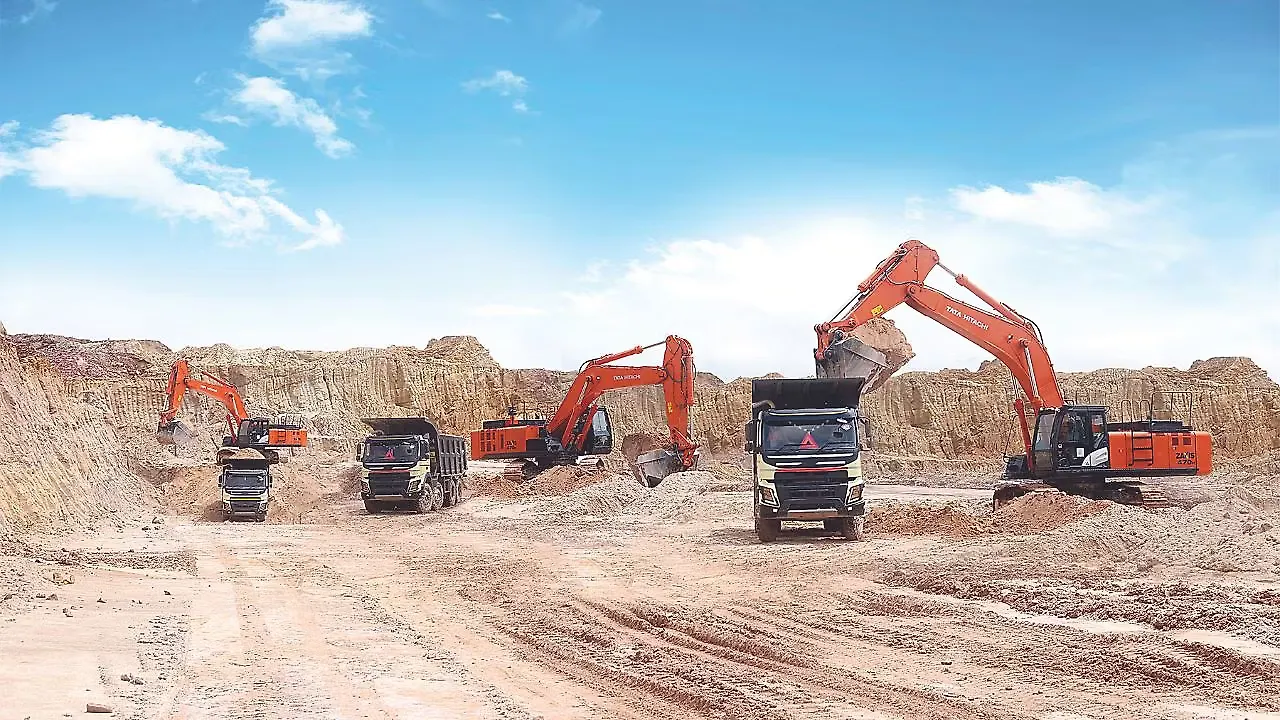
All that Sandeep Singh asks for is a level playing field in the Indian construction equipment arena, especially with Chinese players causing huge disruptions in the pricing game.
As Managing Director of Tata Hitachi, whose prowess lies in excavators, he is concerned about the massive undercutting that is now putting pressure on the margins of local players. The levels, according to Singh, are “unheard of” and the industry has now asked the Centre to look into this issue.
The Chinese focus on India’s construction equipment sector has assumed larger proportions in recent years, especially in the aftermath of COVID. The market in China slowed down dramatically with little infrastructure activity happening, which, in turn, affected demand for construction equipment. These companies have consequently dumped kits, units and equipment in ASEAN and India.
There is no way local players can handle this kind of lopsidedness in pricing, which explains the clamour for a level playing field instead of joining the rat race and offering discounts. “We are quite capable of being competitive and innovative. We can also reduce our manufacturing costs but to match the Chinese just becomes an unproductive exercise,” explains Singh.

Eating Into The Market
While steering clear of mentioning names of any specific companies (even while names like Sany, Zoomlion, Dongyue and Xuzhou can be found online), he lets in that they have already eaten nearly 20% of the construction equipment market in India. The generous levels of credit offered by these Chinese brands are way too tempting for anyone to turn down, especially in a country where affluence levels still remain below par.
Companies operating in India, continues Singh, are quite capable of holding their own vis-a-vis competition, but this becomes particularly difficult in an era of high steel and commodity prices. “We welcome healthy competition but unfair tactics are a completely different ballgame,” he adds while hoping that the Centre will come up with a solution that will protect the interests of manufacturers like Tata Hitachi, JCB, Hyundai, Volvo, Larsen & Toubro etc.
While the Chinese spectre continues to be an area of concern, the construction equipment industry has reasons to be pleased, especially with the pace of road-building activity in India, which now averages 10,000 kilometres annually. While this is doubtless a “huge positive”, there are other challenges to reckon with.
One of these pertains to rising interest rates which is a bit of a bother in an industry like construction equipment. “We deal with contractors who have conceived projects and we sign with them for six months or longer to provide machines. If interest rates go up, borrowing costs for them and lending costs for us go up,” says Singh.
Labour Dynamics
Contractors also typically face other obstacles like delayed environmental clearances, but this is not as difficult as it used to be in the past. “Things are getting better now,” he adds. Dynamics are also changing on the labour front, and this was evident during COVID when a mass migration of workers happened from cities to villages.

Those who have returned are demanding more wages now and operators/contractors are now turning to more mechanisation instead of labour. Small equipment is now being sought after to replace manual jobs in areas like cleaning ditches and manholes where labour had to face tremendous indignities.
Singh says Tata Hitachi is now strengthening its product range and getting into a host of segments. “In this industry, you need to customise machines for specific needs like irrigation, pond cleaning, roads etc. The other focus area for us is the value chain,” he adds.
Unlike car buyers, customers who buy machinery do not come back for servicing, repairs etc and it is manufacturers who need to go to the site instead. It is here that Tata Hitachi is keen on pushing the envelope in extending equipment life instead of having its customers getting them fixed by roadside technicians. The company has set up a refurbishing facility for engines, hydraulics and other important aggregates at its Kharagpur plant.
Digital is playing a big role too, especially telematics, where critical data is shared with customers, finance companies etc. Tata Hitachi also has specialised apps for customers to order parts and carry out a host of other transactions, which came in handy during COVID.
The Kharagpur facility is home to big machines, while the smaller one are manufactured in Dharwad. Going forward, the company plans to introduce new models in mini excavators as well as in the 20 and 30 tonne segment. At present, the total capacity is 11,000 machines of which 8,000 are produced every year.
Mining Segment
Tata Hitachi invests around INR 200-300 crore each year and is now looking at the mining segment aggressively where coal production is slated to increase in the coming years and there will be demand for excavators. “We are serious about this and there will be some action happening over the next two years,” says Singh.
As he puts it, the company’s strength lies in bigger construction equipment “going deep into the earth” and the management is absolutely clear about its strength and core competencies. While driving home the message that Tata Hitachi remains a good partnership between Tata Motors and Hitachi, Singh says there are exciting opportunities going forward.
This optimism is also reflected in Hitachi Construction Machinery’s Integrated Report 2022 which states that India has overcome the spread of COVID and as the economy gradually recovers, a national master plan for multimodal connectivity, Gati Shakti, is in place. It aims to create jobs for young people and “lay a foundation for India’s development by establishing the next generation's infrastructure”.
The Centre has also begun scouting for alternative electric supply mechanisms and fuels, and some companies are now considering electric drive hydraulic excavators, adds the Integrated Report. In April 2022, Hitachi Construction Machinery established the electric products development centre in Tsuchiura Works, Ibaraki Prefecture (Japan), to “advance research and development” on electrification-focused zero emission construction machinery.

Where India Is Different
“We also collaborated with the development base in India and are working in preparation for the decarbonisation of construction machinery. India is different from other developed countries, in the sense that the demand to reduce CO2 emissions and improve fuel consumption is less triggered by CSR or ESG, and more for economic reasons,” states the Integrated Report.
However, it adds, “we can assume without a doubt that demand will eventually grow for electric-driven shovels. We will focus on trends in the Indian market in preparation for expansions in future demand”.
According to Hitachi, as the urbanisation of emerging countries progresses globally, and as carbon neutrality movements are progressing rapidly in developed countries, the demand for construction machinery is predicted to continue to extend greatly.
Hitachi has development bases in Europe, China, India and ASEAN, where the focus has been on product development based on local market trends and customer needs. “In recent years, we have been building a structure to raise awareness and focus on local demand. To do this, we are establishing development bases with marketing functions, like the European Application Center GmbH which is responsible for the development of electric products in Germany,” states the Integrated Report.
The Japanese construction equipment maker also plans to improve its global supply capabilities to “eliminate lost opportunities” in sales. “We aim to create a system where we can supply products of identical quality anywhere, regardless of whether in developed or emerging countries, by utilising the Hitachi Construction Machinery Group’s global production sites to their fullest,” it concludes.
Also Read:
CASE Construction Commemorates Skill Development Initiatives